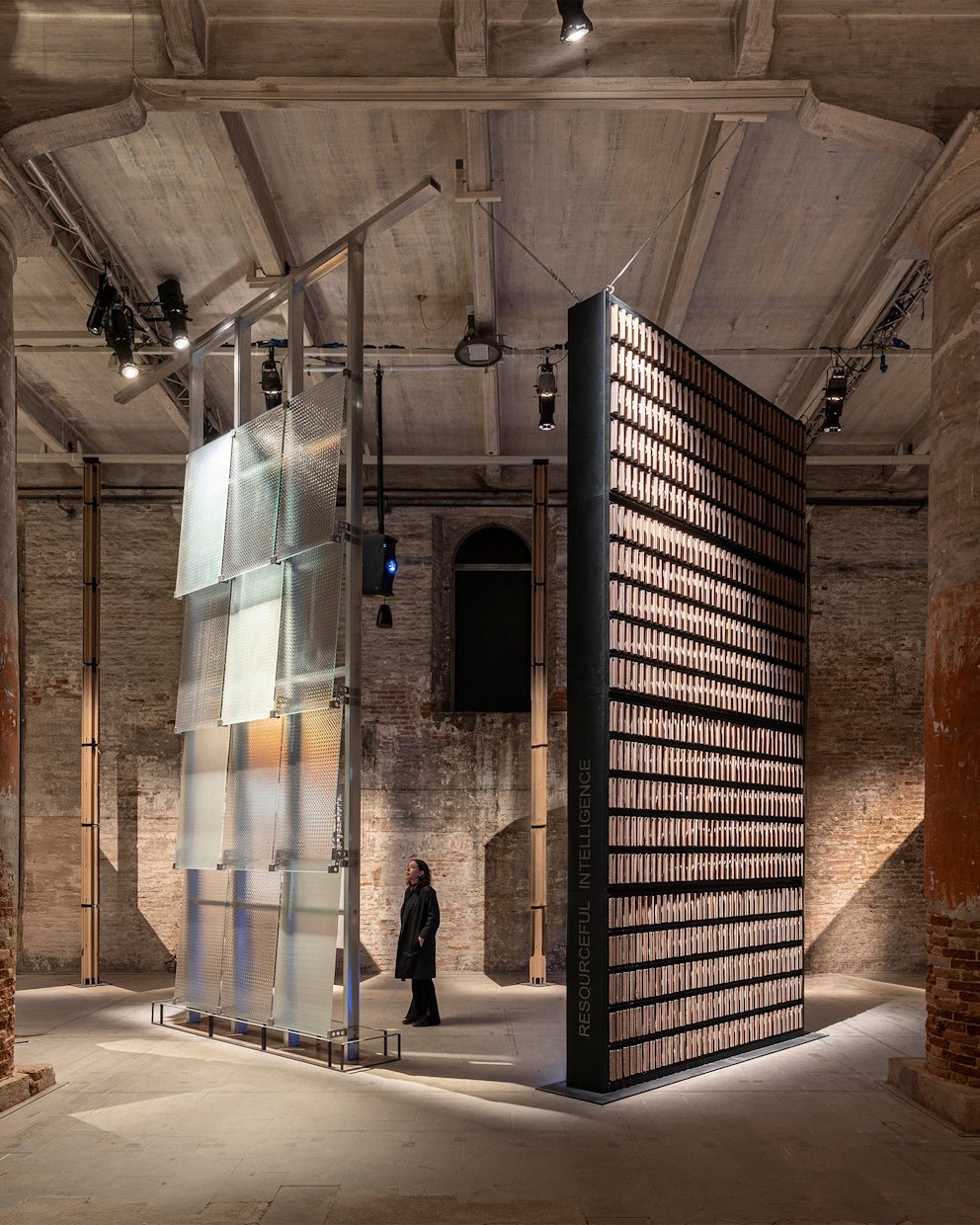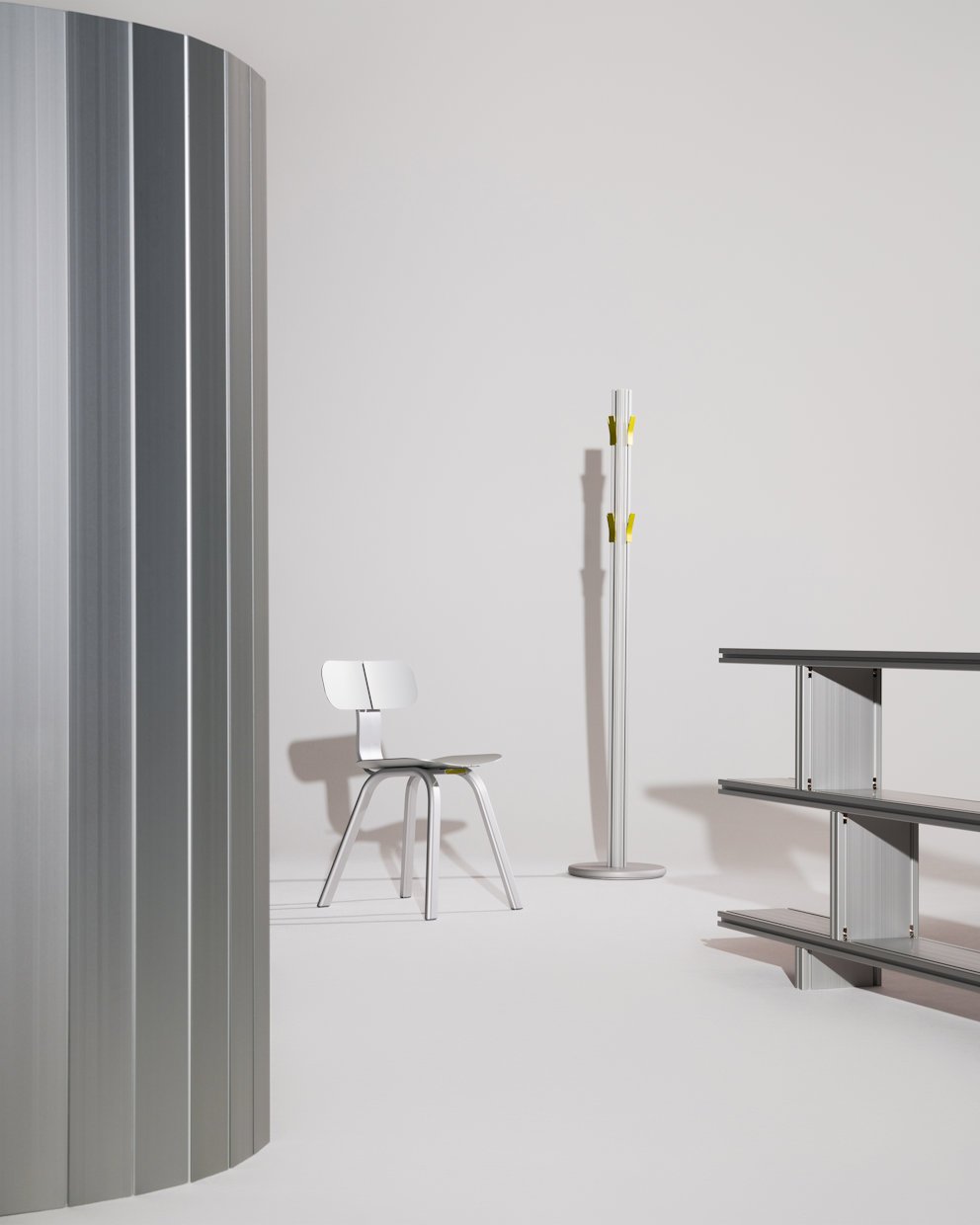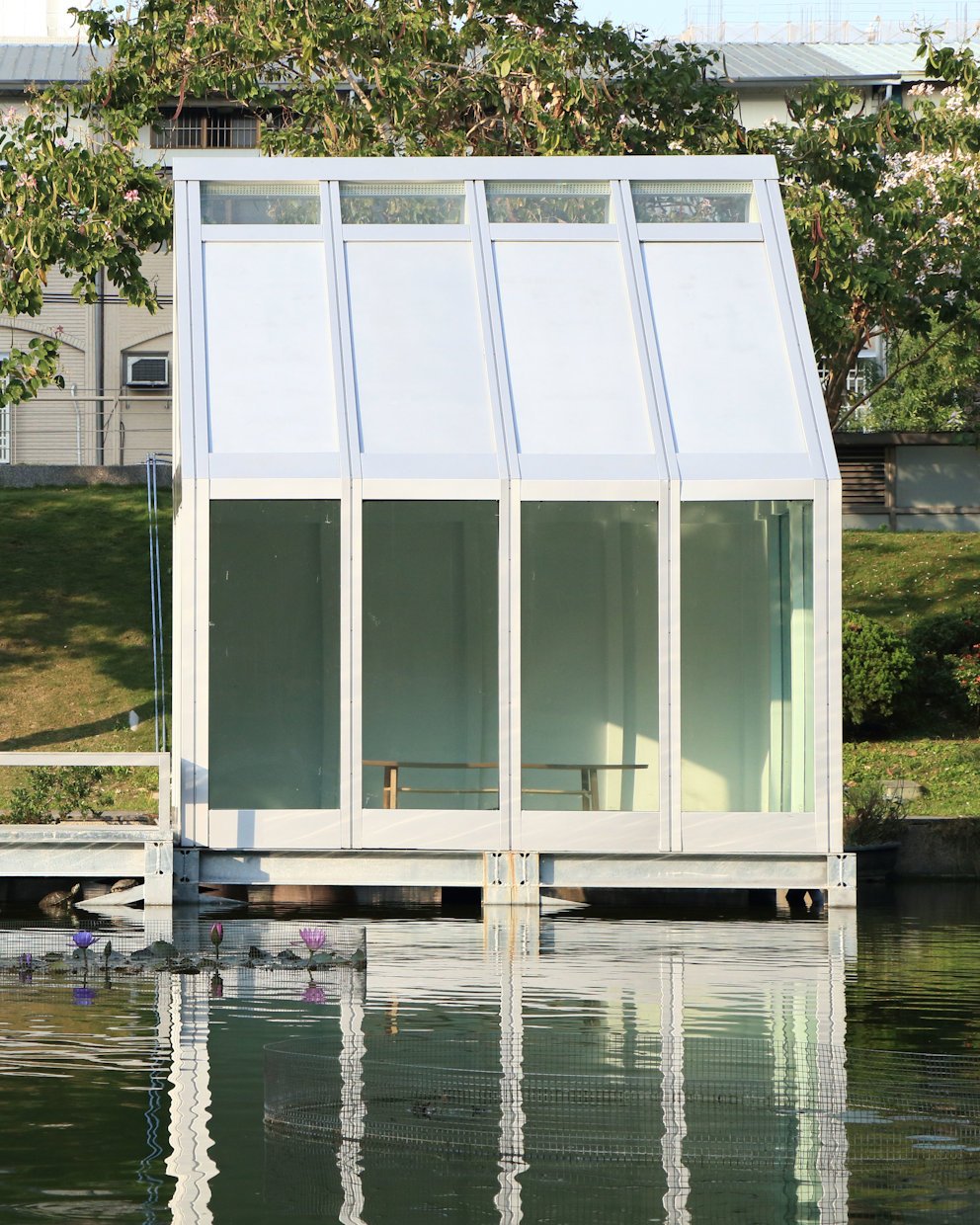Let’s face it: architecture has a waste problem. Too often, the lifecycle of a building ends in demolition, sending materials to landfill long before their full potential has been used. As architects, we are frequently complicit in this linear system, designing without considering what could be recovered, reused, or reimagined. At Park, we are working towards breaking that cycle.
Designing with what already exists
Retrofitting starts with the belief that what already exists has value. It allows us to work with what already exists and extend the life of buildings and materials in thoughtful, resourceful ways. This belief is at the core of Resourceful Intelligence, our installation for the Venice Architecture Biennale. The project presents two full-scale facade prototypes constructed from materials salvaged on our own project sites in Milan. The work is both technical and symbolic, offering a tangible response to the problem of resource depletion in construction.
In one case, we removed obsolete glass panes from a 1930s building in central Milan. These panes no longer met modern energy standards, and instead of treating them as waste, they have been melted down and reshaped by 6:AM using steel textured molds. The result is a new glazed facade, built from recycled matter and restored value.
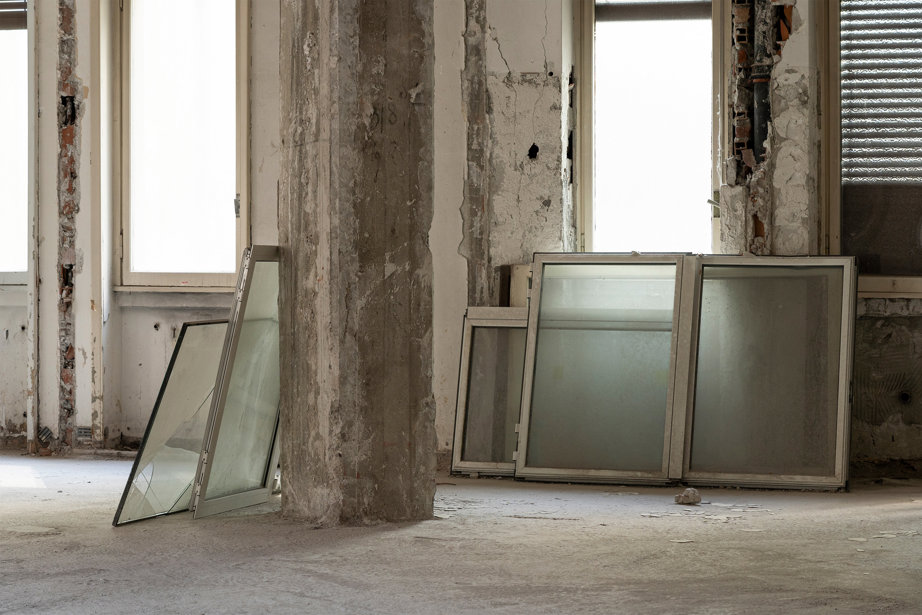
The second prototype is built from clinker tiles, once part of a demolished skyscraper. Instead of discarding them, we treated each tile as a unit of design, reassembling them in a new cladding system made for disassembly and future reuse.
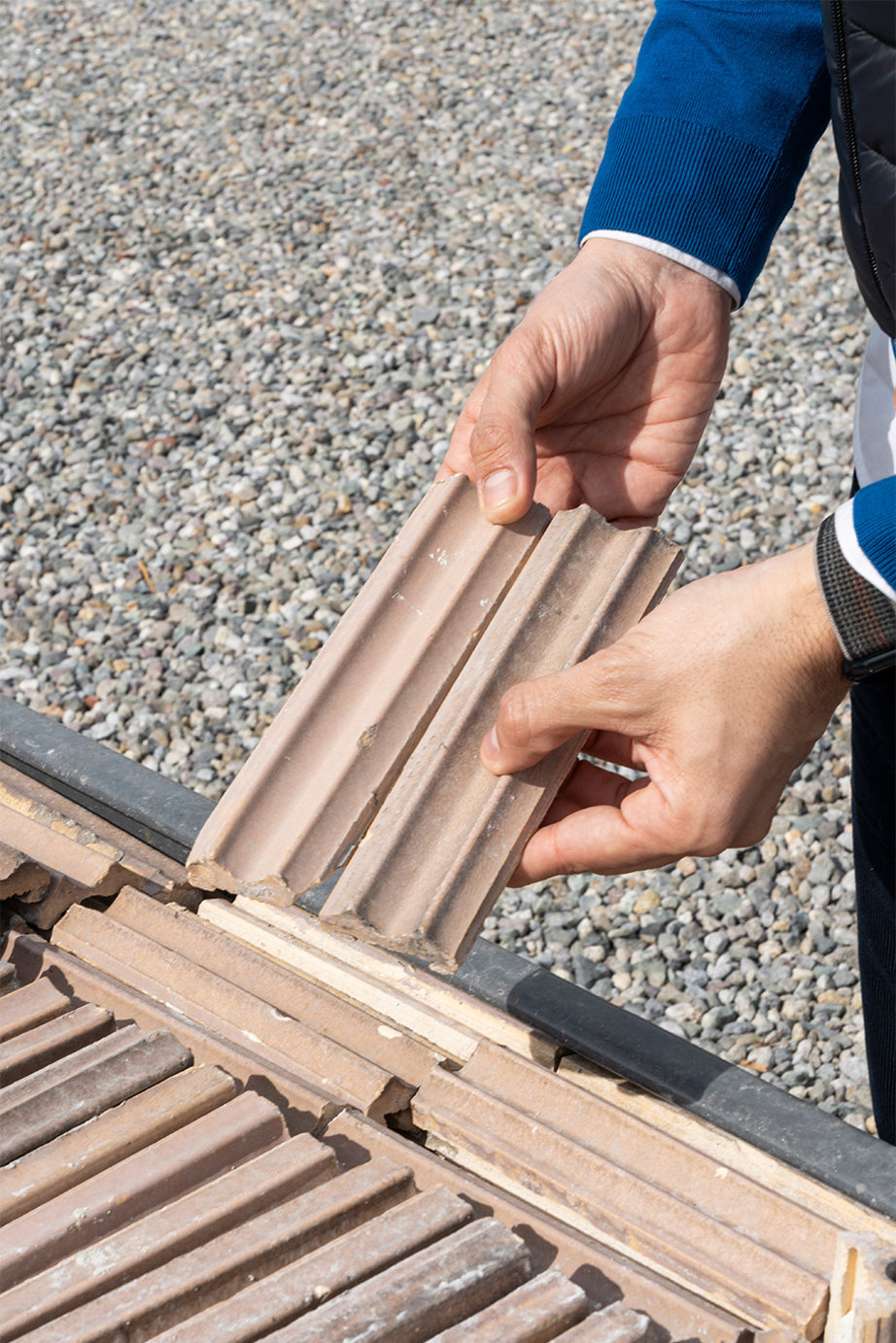
Both prototypes rely on aluminium to function. The extruded aluminium profiles became the structural framework that ties the whole system together. Aluminium is lightweight, strong and endlessly recyclable, making it uniquely suited to retrofit projects, where precision, logistics, and adaptability are critical. It let us integrate reused materials into a contemporary design without compromising performance or safety.
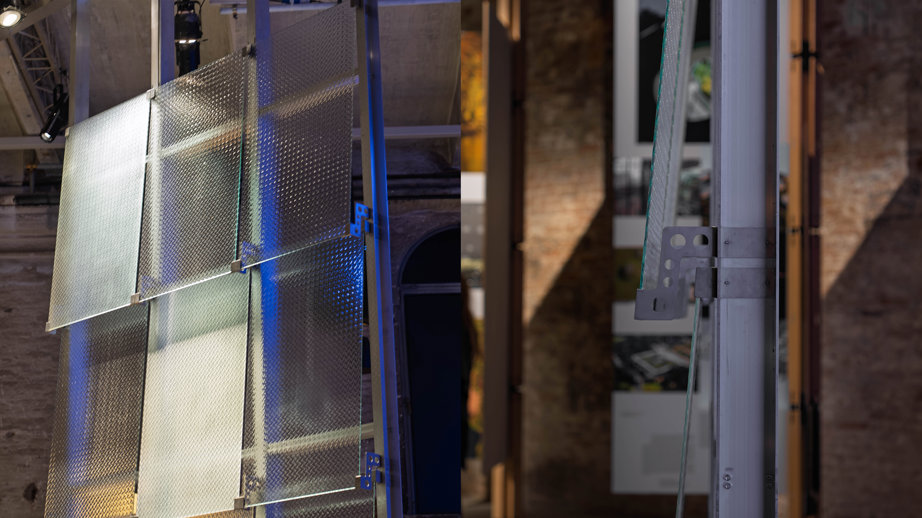
Urban mining as architectural method
This project is also an exploration of urban mining. Building on a research initiative I developed at Politecnico di Milano with Gabriele Masera and Francesco Pittau, we mapped several materials across Milan to understand where and how these elements could be reclaimed in the future. From cladding tiles to structural metals, the built environment is rich with potential. What’s lacking is a reliable system for capturing and redeploying these materials at scale.
That gap is what we hope to help close. Because retrofitting is not just about updating old buildings. It’s about confronting architecture’s role in resource consumption and climate impact. When we treat demolition waste as a design opportunity, when we work with suppliers who value recyclability, and when we think in loops rather than lines, we begin to reshape the architectural process itself.
Working with aluminium in buildings? Make sure to read up structural calculations.
With Resourceful Intelligence, we wanted to rethink how we build, and more importantly, how we rebuild. Because the problem we are addressing is real. Our industry consumes far more than it returns. But by embracing retrofitting and circular thinking, and by using materials like aluminium that support both, we can begin to design buildings that add value without extracting more from the planet.


